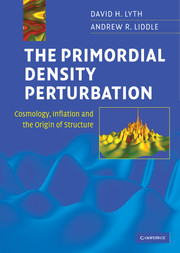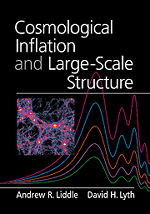In the previous two chapters we considered the cosmological perturbations before horizon entry. As no causal processes can then operate, the description of these perturbations is simple, but they are not directly observable, except on the very largest scales via the cosmic microwave anisotropy. Over the next few chapters we follow the evolution of the cosmological perturbations after horizon entry, under the influence of causal processes.
The first section of this chapter is devoted to an overview of the evolution. In the rest of the chapter we see how to calculate the evolution in the regime of Newtonian gravity.
Free-streaming, oscillation, and collapse
As summarized in Table 7.1, the cosmic fluid at T < 1MeV has four components: baryons, cold dark matter (CDM), photons, and neutrinos. The CDM and neutrinos have negligible interaction. Until the temperature falls below its mass each neutrino species has relativistic motion, so that it behaves as radiation rather than matter up to that point.
The essence of what happens after horizon entry can be stated very simply. For each component, there is a competition between gravity, which tries to increase the density perturbation by attracting more particles to the overdense regions, and random particle motion which drives particles away from those regions. The relative importance of these effects depends on which component we are considering, and it may depend also on what era we are talking about.

